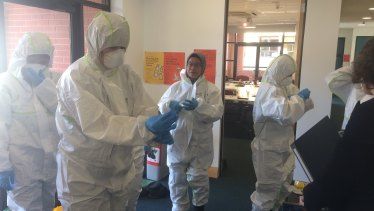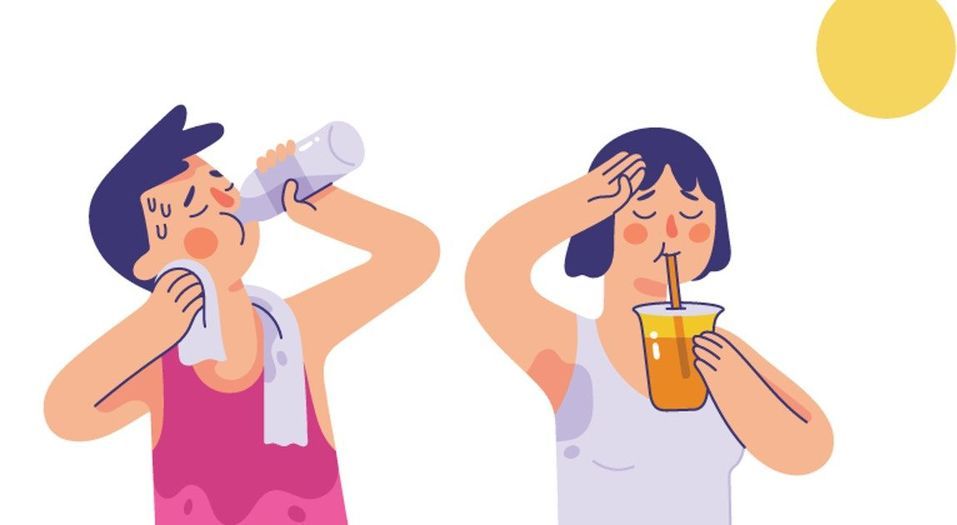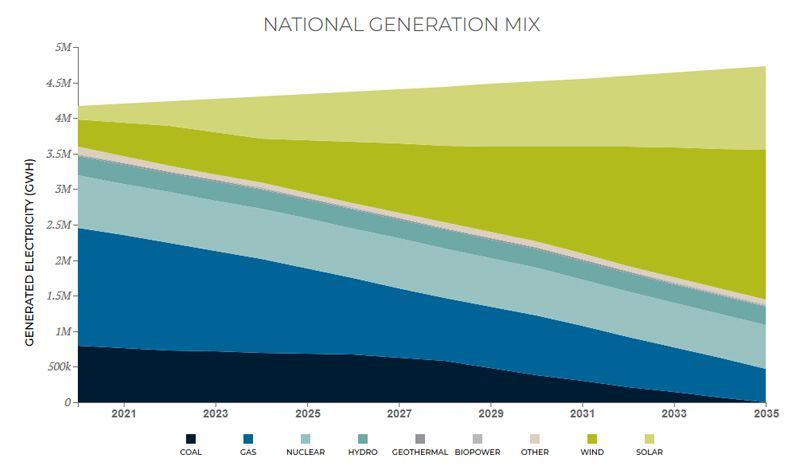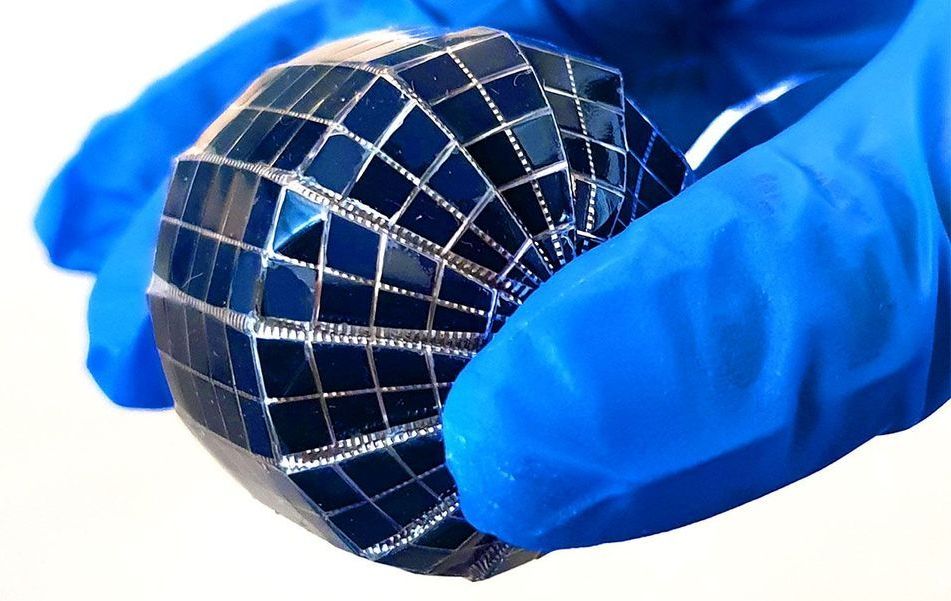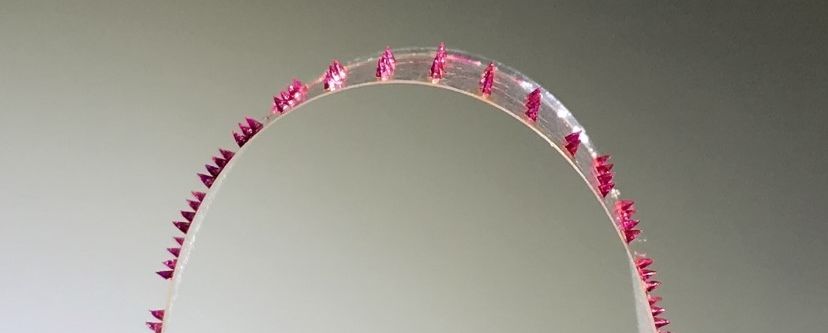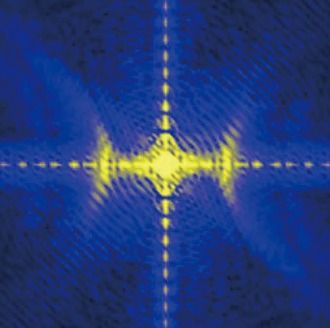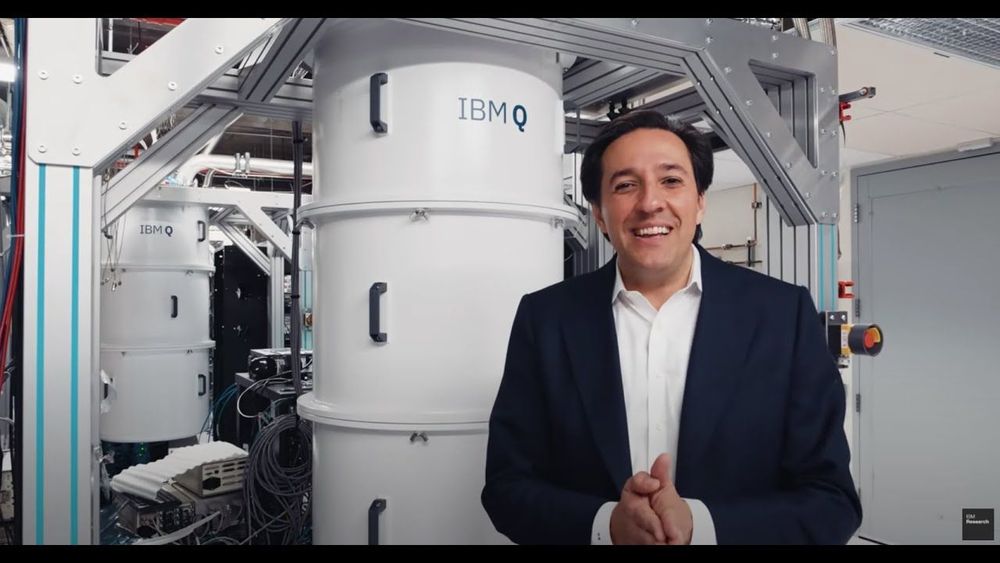Veterinary science experts will train at least 160 workers across 11 countries in the increasingly vital task of identifying new diseases that appear in animals.
“ “The monitoring of human health and well-being with the use of wearables is considered critical in the next generation of biomedical devices,” write the authors. “[But] most existing paper-based devices are designed for one-time use only, functioning under relatively intense capillary flow into the paper, which ceases upon saturation… [Our approach] can function as a key part of a platform for long-term sweat sampling and biomarker monitoring.””
Researchers have designed a paper-based wearable device that can monitor your sweat for 10-days at a time to detect important information about your health.
Honda’s global systems were hit with a ransomware attack on Monday. The attack gripped enough of the Japanese automaker’s systems that it had to temporarily stop production at some factories. Customer service operations are still down as of Tuesday evening, though Honda says there’s no evidence that customer information leaked.
A new report – using the latest renewable energy and storage prices – shows that with the right policies, the United States can avoid building new fossil fuel plants and increase energy sector jobs by over half a million each year, supporting recovery efforts.
Flat solar panels still face big limitations when it comes to making the most of the available sunlight each day. A new spherical solar cell design aims to boost solar power harvesting potential from nearly every angle without requiring expensive moving parts to keep tracking the sun’s apparent movement across the sky.
The spherical solar cell prototype designed by Saudi researchers is a tiny blue sphere that a person can easily hold in one hand like a ping pong ball. Indoor experiments with a solar simulator lamp have already shown that it can achieve between 15 percent and 100 percent more power output compared with a flat solar cell with the same total surface area, depending on the background materials reflecting sunlight into the solar cells. The research group hopes its nature-inspired design can fare similarly well in future field tests in many different locations around the world.
“The placement and shape of the housefly’s eyes increase their angular field of view so they can see roughly 270 degrees around them in the horizontal field,” says Nazek El-Atab, a postdoctoral researcher in microsystems engineering at the King Abdullah University of Science and Technology (KAUST). “Similarly, the spherical architecture increases the ‘angular field of view’ of the solar cell, which means it can harvest sunlight from more directions.”
A new report finds that a shift to 90-percent clean power could save as many as 85,000 lives by 2050 by sparing Americans from toxic pollution.
The country is still heavily reliant on coal, but this could change in the years ahead.
Stem cells are powerful tools that could one day unlock new frontiers in regenerative medicine. Now, a new study has shown that a certain type of stem cell can be delivered into injured tissues with dissolvable microneedles, to heal wounds.
Mesenchymal stem cells (MSCs) are responsible for replenishing bone, cartilage, muscle and fat cells in the body. But more recently, scientists have found that they have broader healing potential. If introduced to injured tissue, MSCs have been found to boost the formation of new blood vessels, reduce inflammation, and keep cells alive.
But there are a few problems. For one, injecting MSCs into the tissue with regular needles can cause further damage and scarring. Plus, it takes huge amounts of the cells to make sure that enough of them stick around to do their job.
Mobile phones and computers are currently responsible for up to 8% of the electricity use in the world. This figure has been doubling each past decade but nothing prevents it from skyrocketing in the future. Unless we find a way for boosting energy efficiency in information and communications technology, that is. An international team of researchers, including Ikerbasque Research Associate Alexey Nikitin (DIPC), has just published in Nature 1 a breakthrough in quantum physics that could deliver exactly that: electronics and communications technology with ultralow energy consumption.
Future information and communication technologies will rely on the manipulation of not only electrons but also of light at the nanometer-scale. Squeezing light to such a small size has been a major goal in nanophotonics for many years. Particularly strong light squeezing can be achieved with polaritons, quasiparticles resulting from the strong coupling of photons with a dipole-carrying excitation, at infrared frequencies in two-dimensional materials, such as graphene and hexagonal boron nitride. Polaritons can be found in materials consisting of two-dimensional layers bound by weak van der Waals forces, the so-called van der Waals materials. These polaritons can be tuned by electric fields or by adjusting the material thickness, leading to applications including nanolasers, tunable infrared and terahertz detectors, and molecular sensors.
But there is a major problem: even though polaritons can have long lifetimes, they have always been found to propagate along all directions (isotropic) of the material surface, thereby losing energy quite fast, which limits their application potential.
Quantum computing is still the province of specialized programmers—but that is likely to change very quickly.
